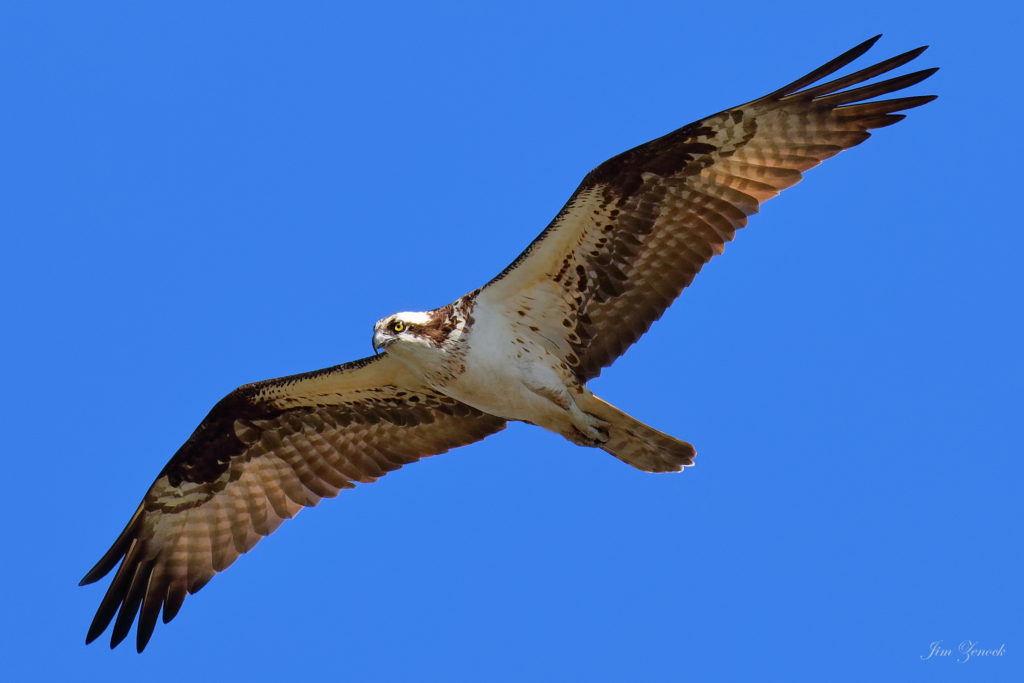
Thanks to Jim Zenock for this amazing series of photos of an Osprey taken a few days ago at DeKorte Park. Simply spectacular!

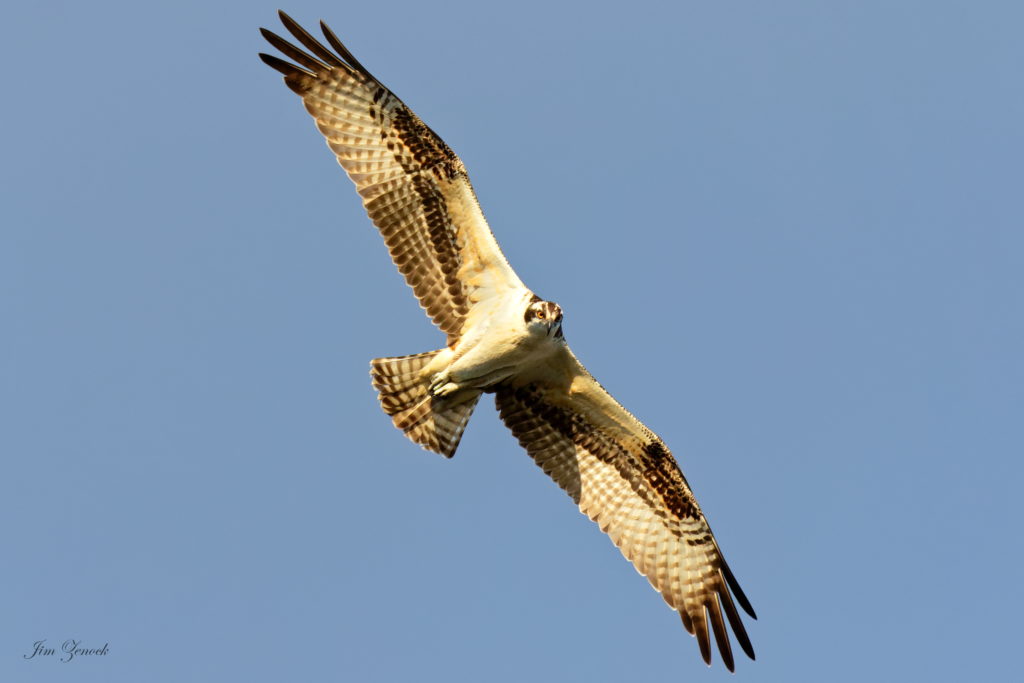


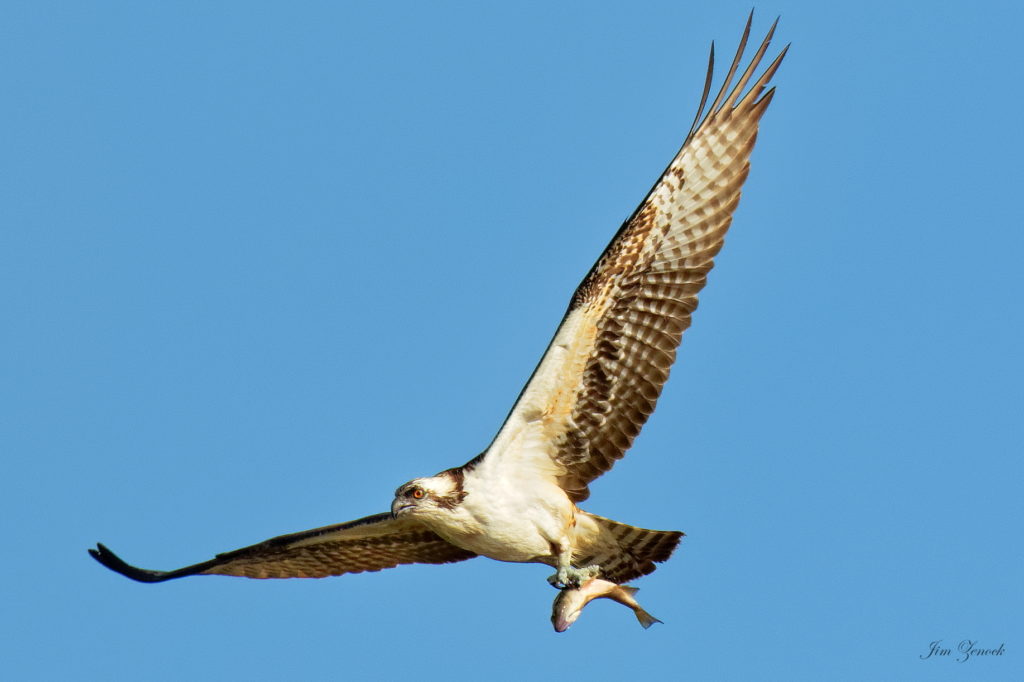
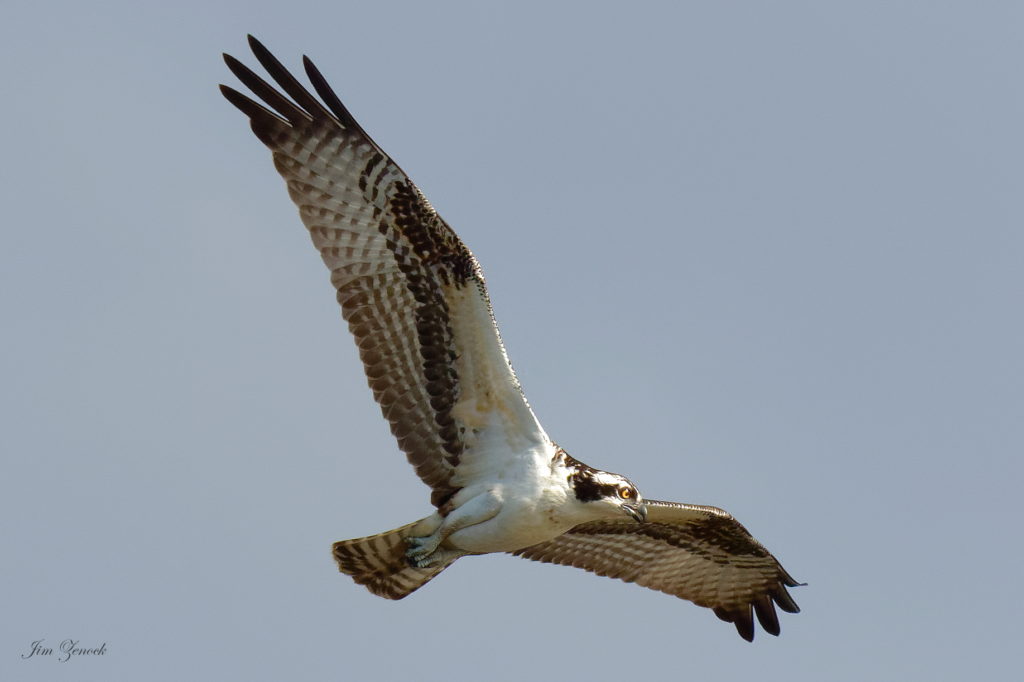

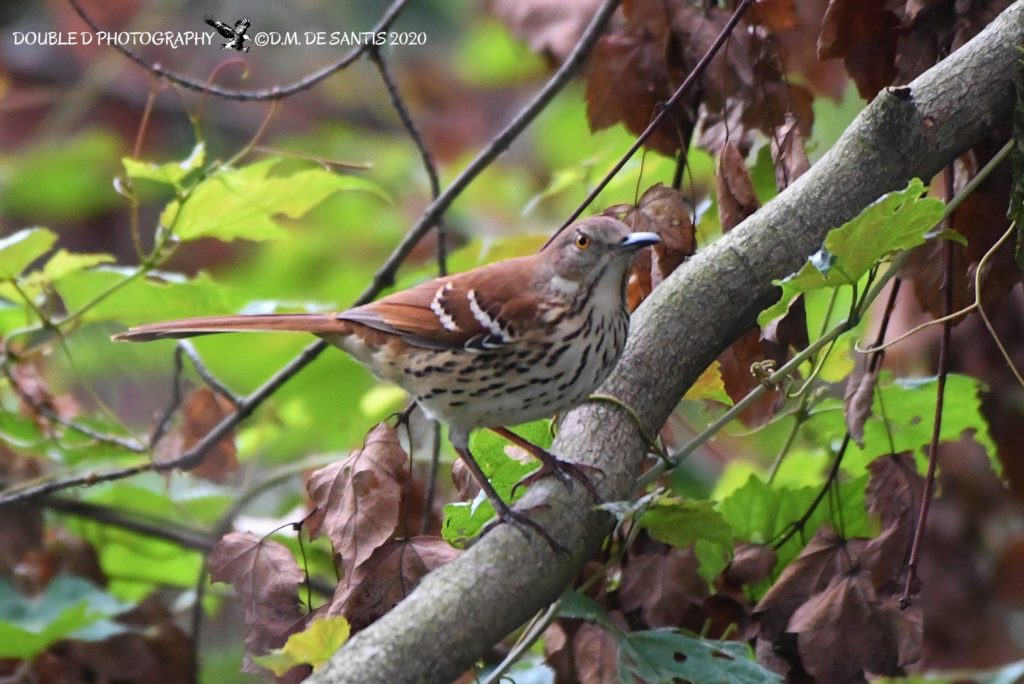
Just the other day political leaders from 64 countries participating in the United Nations Biodiversity Summit signed a pledge that they say recognizes the scale of the destruction currently being wrought on the natural world and to try to reverse the biodiversity loss over the next 10 years.
“We are in a state of planetary emergency,” the leaders said. “The interdependent crises of biodiversity loss and ecosystem degradation and climate change requires immediate global action.”
Most people tend to think of the dramatic decline of species like the African Lion or Leopard as a symbol of the decline of wildlife and diversity – and well they are. But we overlook that the same dramatic decline is happening right here at home and in our own neighborhood to the birds, pollinators and native plants that evolved here for eons.
“Why don’t I see the birds and butterflies like I do when I was a kid?” is how the conversation usually starts
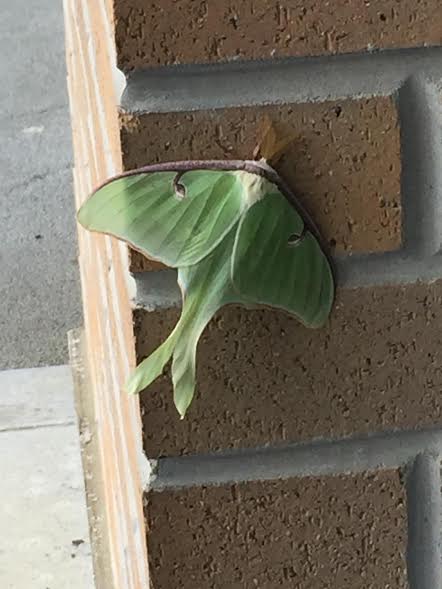
The loss of diversity is a very insidious problem. It seems that when you finally look around you realize that the familiar birds, bees and plants you once knew and enjoyed no longer exist. So Where did the lightning bugs, Luna Moths, Brown Thrashers, frogs and toads all go? And what the heck happened?
Over development, pesticides, gardening practices, the introduction of invasive plants, climate change and nature disconnect are among the many reasons life as we knew it has declined so dramatically. At some point we failed to come to the realization that we as the human species also need nature to survive and that our backyards, parks, commercial businesses, schools, and churches are all connected to the wildlife and wild places that still exist and are fighting to survive.
Growing up in the Meadowlands I have witnessed some of the worst things that could happen to the environment. But at the same time I have been privileged to see how a place like the Meadowlands, once left for dead, can come back to one of the most diverse wildlife habitats in the State, a true testament to what can be accomplished when people care.
The good news is that we can also turn all this around and begin to bring back the birds, bees, wildlife and biodiversity that were once part of our everyday lives.
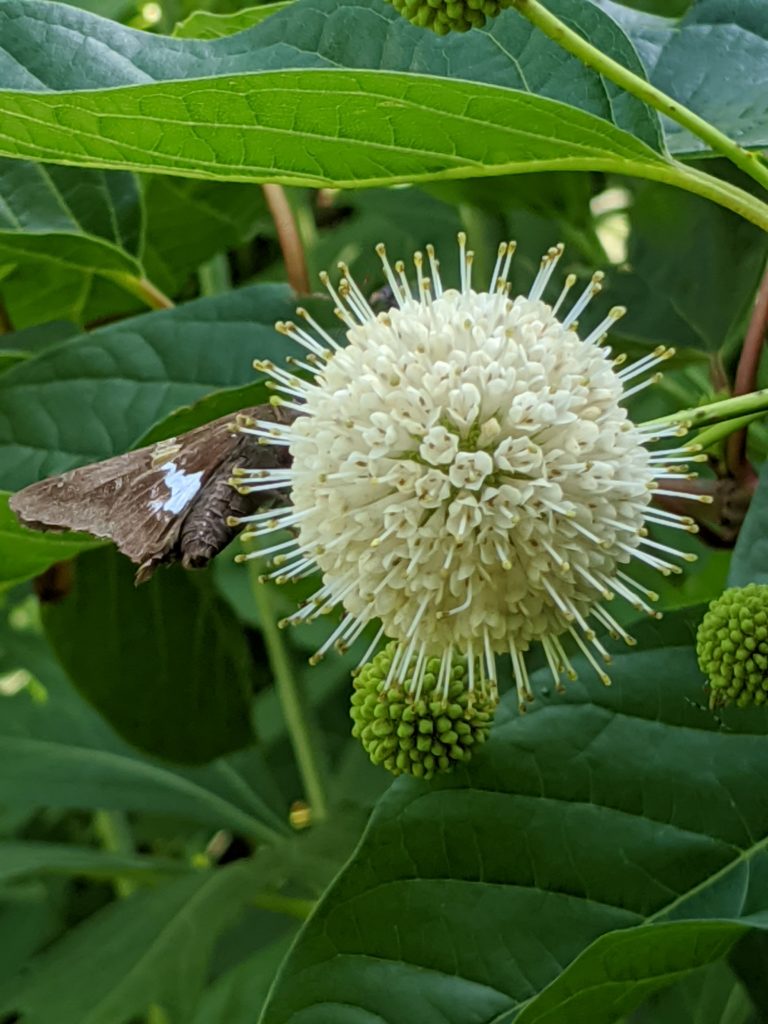
Here are a few ways that we can start on the road back:
Doing all of these things will certainly help turn the tide but they will be for naught if we don’t work together to fight climate change. In the end helping our wildlife and the environment is about saving it for future generations. It is not only about saving our birds and butterflies: It’s about saving ourselves as well.
See you in the Meadowlands